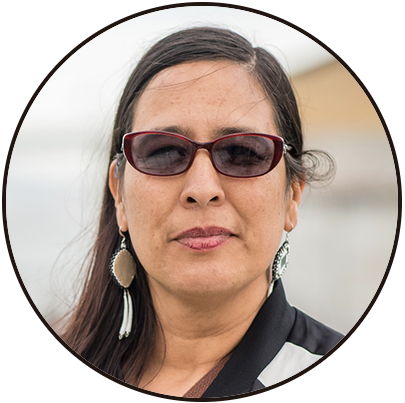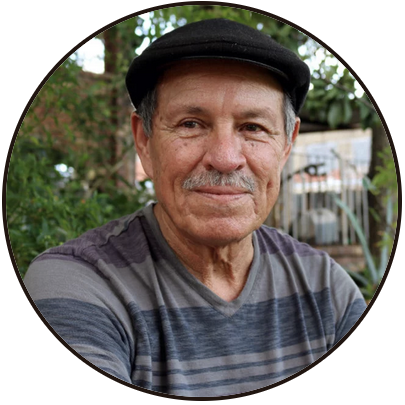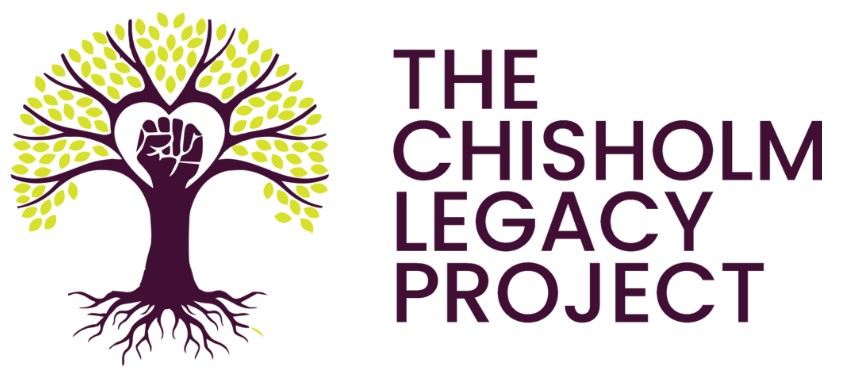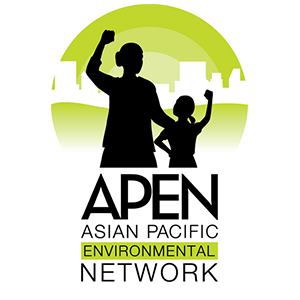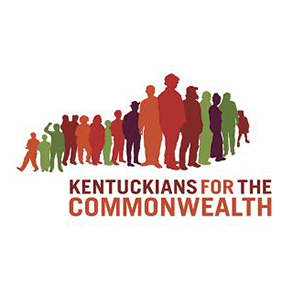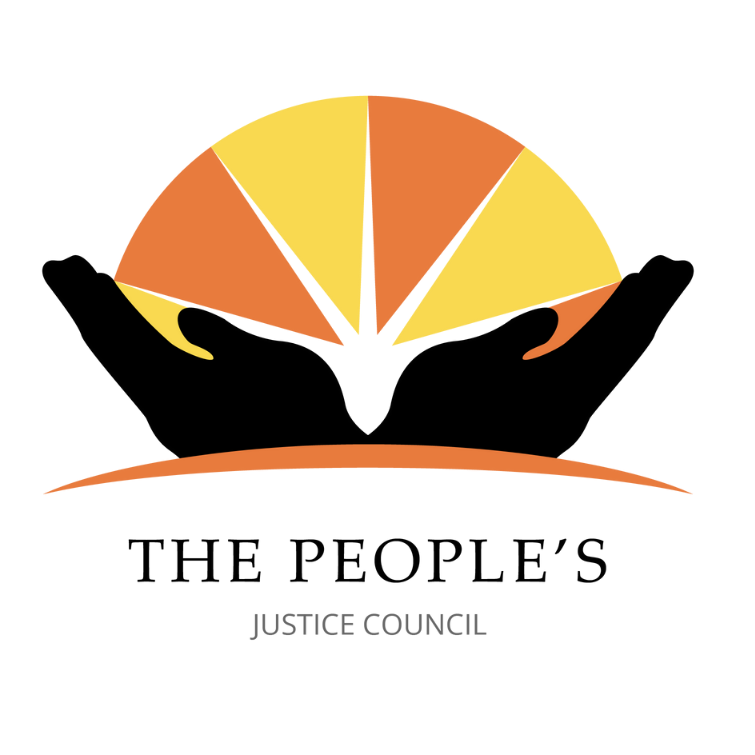Justice40
On January 27, 2021, President Joe Biden announced Executive Order (14008) titled “Tackling the Climate Crisis at Home and Abroad,” marking the climate crisis as a central point in foreign and national policy and planning. One of the programs created by EO 14008 is a government-wide Justice40 (J40) Initiative with the goal of delivering 40% of overall benefits from climate spending to disadvantaged communities. On July 20, 2021, the Chair of the Council on Environmental Quality, the National Climate Advisor, and the Director of the Office of Management and Budget issued Interim Guidance for Justice40 Implementation. The guidance was informed by recommendations from the White House Environmental Justice Advisory Council (WHEJAC) — a Presidentially-appointed council of Environmental Justice leaders and researchers from across the United States, territories, and Tribal jurisdictions.
The Biden-Harris Administration has touted the J40 initiative as “the largest-ever expansion of investments in environmental justice, toxic waste remediation, clean water infrastructure, climate change, and clean energy deployment. “ (Delivering on Justice40 | the White House, 2021). J40 interim guidance lays out a timeline for agencies to develop plans to incorporate J40 goals into existing programs. The guidance revolves around providing benefits (not specific direct investments) to “disadvantaged communities.” It also includes initial metrics for defining the term “disadvantaged communities”, including support for the creation of a geo-spatial Climate and Economic Justice Screening Tool that will help identify and track metrics of community susceptibility to climate disruption and systemic bias.
This explainer video developed by The Justice40 gives a brief overview of the Justice 40 Initiative.
Justice40 is the Biden administration’s “government-wide initiative with the goal of delivering 40% of the overall benefits of relevant federal investments to disadvantaged communities and tracks performance toward that goal through the establishment of an Environmental Justice Scorecard.” We cannot assume, however, that all tactics and strategies related to the implementation of Justice40 will inherently be equitable or just.
Fortunately, we’ve identified five straight-forward questions that can guide public officials to ensure that a minimum of 40% of direct investments go to frontline communities most affected by the climate crisis. . Use the People’s Solutions Lens to determine what gets funded and whether various Justice40 proposals are rooted in justice for workers, frontline communities, and the environment:
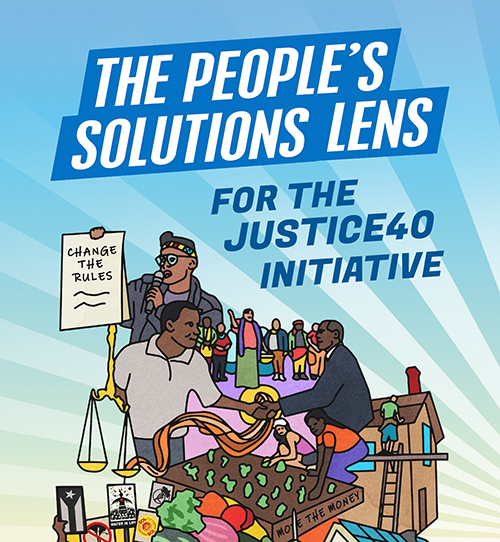
1Who tells the story? Frontline communities and workers are impacted first and worst by the interlinked crises of climate change and the extractive, exploitative economy. We speak for ourselves, and hold the wisdom, vision, and organizing power to lead climate and economic solutions. Yet, often times, others claim to speak for us without necessarily representing our interests. As we often say, nothing about us without us is for us.
2Who makes the decisions? The environmental justice movement defines environment as “where we live, work, play, and pray.” Whether it’s the factory floor or the neighborhood, those closest to the problems will inevitably know the most about what the solutions need to look like. For any climate or economic solution to truly work for Indigenous Peoples, Black communities, immigrants and refugees of color, and working class communities, it must embody the practice of community self-determination.
3Who benefits, and how? The climate crisis is ecological, but it has its roots in systemic inequity that is racial, gendered, and economic. To address these root causes, authentic climate and economic solutions must flip the existing dynamics around racial injustice, wealth extraction, and labor exploitation.
4What else will this impact? Sometimes environmental and climate policies or “solutions” can create new problems for other issues that we care about— e.g. workers’ rights, housing, economic development, immigration, policing, mass incarceration, etc. Real solutions must work for ALL of our issues. No false solutions. No more sacrifice zones.
5How will this build or shift power? To address the climate crisis at scale, individual and collective solutions must put us in a better position to pursue subsequent solutions. Transformative solutions, then, must do more than accomplish individualized goals, specific policies, or select projects; they must shift the landscape of political, economic, and cultural power such that subsequent goals become more attainable. Climate and economic solutions must be organizing tools that bring together a mass movement of people, workers, and communities. This is imperative to ensure the Justice40 implementation phase is both inclusive and equitable.
This tool was inspired by and adapted, with permission, from the original People’s Solutions Lens—a collaborative creation by It Takes Roots (a frontline formation composed of Climate Justice Alliance, Grassroots Global Justice Alliance, Indigenous Environmental Network, and Right to the City Alliance) and their Funder Support Circle. For more information on It Takes Roots, and to view the original People’s Solutions Lens, visit: www.ItTakesRoots.org/peoplesorientation
Justice40 Speakers Bureau

